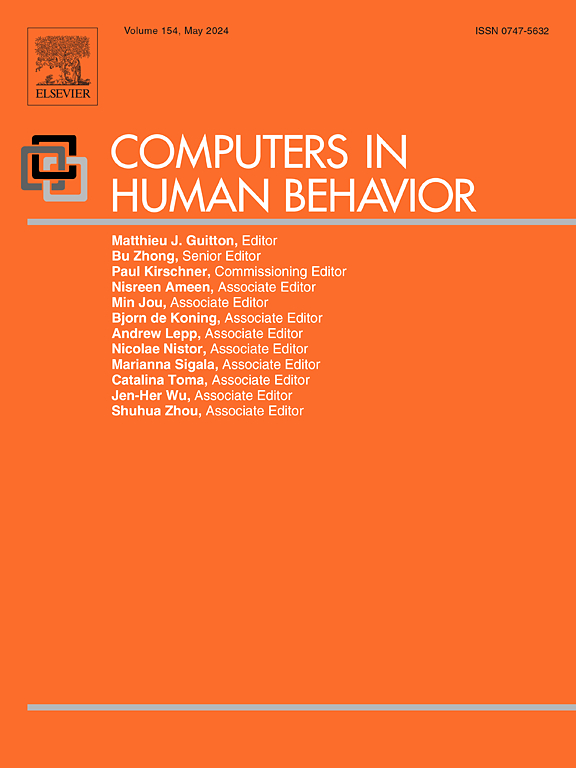"小可爱,点击链接":URL 法证分析
IF 9
1区 心理学
Q1 PSYCHOLOGY, EXPERIMENTAL
引用次数: 0
摘要
本文探讨了网络性诱骗虐待过程中的技术因素。关于网络诱拐和剥削儿童的现有文献大多关注犯罪者的广泛行为模式,而我们的研究则探讨了信息与通信技术(ICT)在促成和加剧这些行为方面的具体优势。通过多学科视角,我们对从两项关于活跃的网络诱拐者的研究中获得的 371 个 URL 链接进行了数字取证分析。分析结果表明,网络诱拐者利用 URL 参与社交工程、传播恶意软件、索取儿童性虐待材料 (CSAM) 和分享图片。这些发现表明,以往的网络诱拐过程模型和阶段描述忽略了如何采用和调整不同的信息与传播技术工具来促进网络诱拐和虐待过程。我们借鉴了技术接受模型来解释平台的可感知能力,特别是那些有利于隐蔽或恶意活动的平台,很可能会影响犯罪者对使用这些信息和通信技术的选择。这些发现的影响涉及理论、方法和政策方面的考虑。本文章由计算机程序翻译,如有差异,请以英文原文为准。
“Cutie, click on the link”: A forensic analysis of URLs
This article presents an examination of the technological components of the online sexual grooming abuse process. While much of the existing literature on online grooming and child exploitation focuses on the broader behavioral patterns of offenders, our study examines the specific affordances of Information and Communication Technologies (ICT) that enable and exacerbate these behaviors. Through a multidisciplinary lens, we conducted a digital forensic analysis of 371 URL links obtained from two studies with active online groomers. The analysis reveals that online groomers use URLs to engage in social engineering, distribute malware, solicit Child Sexual Abuse Material (CSAM), and share images. These findings suggests that previous models and stage descriptions of the online grooming process overlook how different ICT tools can be adopted and adapted to facilitate the online grooming and abuse process. We draw on the technology acceptance model to explain that the perceived affordances of a platform, particularly those that facilitate covert or malicious activities, are likely to influence offenders' choices in using these ICTs. The implications of these findings extend to theoretical, methodological, and policy considerations.
求助全文
通过发布文献求助,成功后即可免费获取论文全文。
去求助
来源期刊

Computers in Human Behavior
Multiple-
CiteScore
19.10
自引率
4.00%
发文量
381
审稿时长
40 days
期刊介绍:
Computers in Human Behavior is a scholarly journal that explores the psychological aspects of computer use. It covers original theoretical works, research reports, literature reviews, and software and book reviews. The journal examines both the use of computers in psychology, psychiatry, and related fields, and the psychological impact of computer use on individuals, groups, and society. Articles discuss topics such as professional practice, training, research, human development, learning, cognition, personality, and social interactions. It focuses on human interactions with computers, considering the computer as a medium through which human behaviors are shaped and expressed. Professionals interested in the psychological aspects of computer use will find this journal valuable, even with limited knowledge of computers.
 求助内容:
求助内容: 应助结果提醒方式:
应助结果提醒方式:


